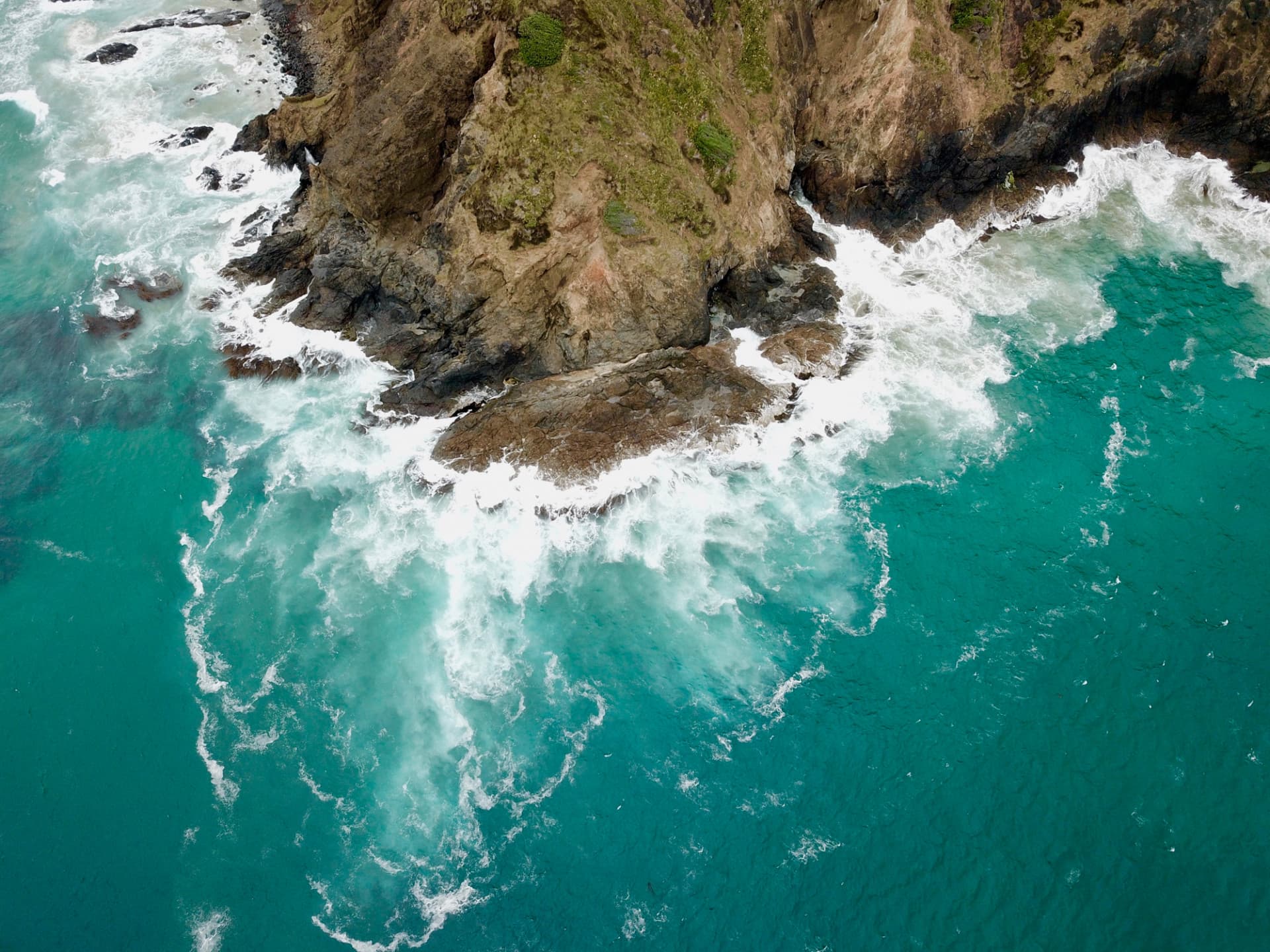

Miller K, Balemi C, Bell D, Blain C, Caiger P, Hanns B, Kulins S, Peleg O, Spysksma A, Shears N (2023)
Sea urchin overgrazing is a leading cause of kelp forest loss and in such cases their removal is increasingly advocated for kelp forest restoration. However, refining removal approaches is needed to improve the efficiency and success of restoration, as most previous removal studies have been small scale and require ongoing removals to maintain low densities and allow kelp recovery. We investigated the effectiveness of one-off urchin removal from large, semi-discrete areas of urchin barrens as a tool to promote kelp recovery. We removed sea urchins (Evechinus chloroticus) from four areas (1.6–2 ha) of urchin barrens in northeastern New Zealand. Exposed urchins were reduced to approximately 7% of initial densities and remained low, yet cryptic urchin densities increased after 2 years. Kelp (Ecklonia radiata) and fucoid (Sargassum sinclairii, Carpophyllum spp.) densities increased rapidly in removal areas, but remained constant or declined in adjacent control urchin barren areas. Macroalgal canopy recovery varied among and within removal areas, but increased on average from approximately 5 to 43% in 2 years. Densities of large sea urchin predators did not increase with kelp recovery, likely due to ongoing fishing within removal areas. Our results demonstrate that a single urchin removal from large, semi-discrete areas of urchin barrens can effectively and efficiently promote rapid multi-species macroalgal recovery without additional actions (e.g. repeated urchin removals or macroalgae enhancement) for at least 2 years. However, this approach does not restore whole ecosystems and consequently restoration benefits through kelp recovery will be temporary without longer-term urchin management and/or rebuilding of predator populations.
